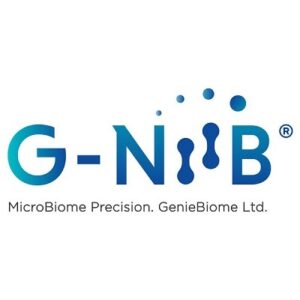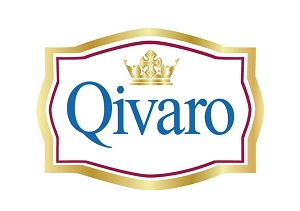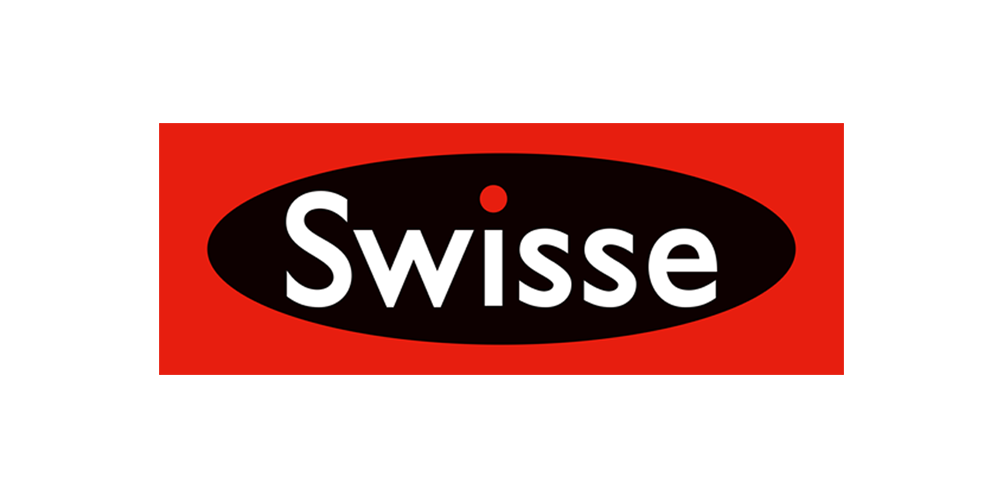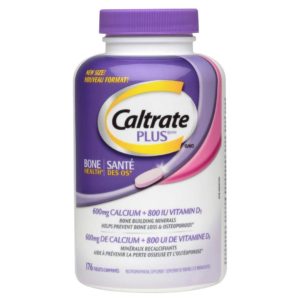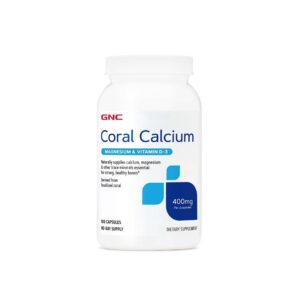
Glucosamine and Its Use in Osteoarthritis (OA)
Glucosamine has been studied for many orthopedic trials, including its role in the treatment of joint disorder and rheumatoid arthritis. However, most British and Asian experiments have focused on its use in the treatment of osteoarthritis. Today, many American adults adopt the use of glucosamine sulfate in the treatment of osteoarthritis, as it is believed that it may provide pain relief, reduce tenderness, and improve mobility.
With reference to profound research on this subject, this article sorts to put in lay parlance, the role and methodology of glucosamine sulfate, and its anti-inflammatory effects on joints' articular tissues. Further, an overview is also given to the scope and production forms of Glucosamine with final notes on its synergetic potentials as a combination therapy.
Knee And Hip Osteoarthritis: What Are The Facts?
Osteoarthritis (OA) is most common in people aged over 50 years. Studies over time have stratified different Osteoarthritis phenotypes to include obesity-related OA, mechanical-induced OA and aging-related OA. Osteoarthritis usually occurs at the synovial joints of the body. A synovial joint is the type of joint found between bones that move against each other, such as the joints of the limbs (eg, shoulder, hip, elbow, and knee).
More so, OA is frequently reported with severe aches, joint locks, and lesser ease of flexing the joint. However, this is due to the deterioration, otherwise known as the “wear and tear” of the cartilage that binds and cushions the contact of bones at the synovial joint. When this occurs, the bones begin to run against each other without enough cushioning, thus resulting in the feeling of pain, stiffness, and immobility.
Glucosamine sulfate only serves as a nutritional supplement and nonsteroidal, anti-inflammatory agent for cartilage repair and regeneration. So, how is this possible? Is there any difference between Glucosamine and Glucosamine sulfate? The next subheadings throw illuminating rays on the aforementioned questions and other misunderstandings surrounding the scope and use of Glucosamine.
Glucosamine and Glucosamine Sulfate: The Meanings, Their Roles, and Their Differences
To begin with, Glucosamine is a naturally occurring substance present in almost all human tissues. It is highly concentrated in connective tissues of the human body and found at the highest concentrations in the cartilage. For example, a synovial joint such as the knee joint is Typically made up of many parts, including a cartilage and synovial fluid. Thus, the substance “Glucosamine” is found in large quantities in the articular cartilage, intervertebral disc, and synovial fluid of these joint areas. It is scientifically believed that taking ample does of Glucosamine helps to grant symptomatic relief to OA due to its slow-acting effect in promoting cartilage and joint health. Many of these studies also laud the effect of its anti-inflammatory and anti-catabolic mechanisms of action.
However, for Glucosamine to be introduced into the body, it has to synthesize into absorbable forms. Glucosamine can be produced from the shells of lobster, crab, and shrimp. This means that Glucosamine can be extracted from the chitosan and chitin exoskeleton of crustaceans such as shellfish and maybe stabilized as a salt, glucosamine hydrochloride or glucosamine sulfate for oral administration. put, Glucosamine Simply sulfate is just a synthetized form of Glucosamine. Moreover, research also has it that humans can rapidly absorb up to 90 percent of Glucosamine into articular cartilage once administered as an oral dose of glucosamine sulfate.

Use of Glucosamine Sulfate in the Treatment of Osteoarthritis (OA)
Glucosamine can be extracted and stabilized by chemical modification and used as a drug or a nutraceutical. Many companies now supply reliable doses of Glucosamine sulfate as a nutritional supplement to serve as an alternative treatment option for patients with Osteoarthritis. Its use has become increasable popular as it induces no serious adverse effects.
However, speaking in terms of the collective verdicts of clinical trials, it is important to note that most studies hesitate to admit the near-drastic effects of Glucosamine sulfate for OA. However, they collectively do not recommend against its use as most of their trials showed some potential improvements after 30 to 90 days of therapy.
So far, the use of Glucosamine as a potential treatment for OA has evolved. Some manufacturers have deemed it fit to combine Glucosamine with chondroitin as it is possible the two might have a synergistic effect in alleviating some types of inflammation. On the other hand, some therapists recommend using Glucosamine as a combination therapy with exercise and other drugs or other nutraceuticals, such as omega-3 fatty acid, calcium, or manganese ascorbate. This is because exercises help to strengthen the muscles of the knees or hips and promote their ordinate motions.
Conclusion
There is evidence that glucosamine sulfate may provide pain relief, reduce tenderness, and improve mobility in patients with Osteoarthritis.
Despite this truth, there is no denying that the structure-modifying and anti-inflammatory effects demonstrated by glucosamine sulfate could slow-pacing if relied upon as a single therapy. Thus it paramount that patients embark on the combination of non-pharmacologic and pharmacologic approaches in their treatment regimen. This way, they can be guaranteed faster results, faster relief, and quick recovery from the ruins of Osteoarthritis.
REFERENCES AND FURTHER READING
- Da Camara CC, Dowless GV. Glucosamine sulfate for osteoarthritis. Ann Pharmacother . 1998; 32(5):580-587. doi:10.1345/aph.17214
- Matheson AJ, Perry CM. Glucosamine: a review of its use in the management of osteoarthritis. Drugs Aging . 2003; 20(14):1041-1060. doi:10.2165/00002512-200320140-00004
- Hochberg M. Chevalier X. Henrotin Y. et al. Symptom and structure modification in osteoarthritis with pharmaceutical-grade chondroitin sulfate: what's the evidence? Curr Med Res Opin. 2013; 29: 259-267
- Wandel S. Juni P. Tendal B. et al. Effects of glucosamine, chondroitin, or placebo in patients with osteoarthritis of hip or knee: network meta-analysis. Br Med J. 2010; 341: c4675
- Meulyzer M, Vachon P, Beaudry F, Vinardell T, Richard H, Beauchamp G, Laverty S: Joint inflammation increases glucosamine levels attained in synovial fluid following oral administration of glucosamine hydrochloride. Osteoarthritis Cartilage. 2009, 17: 228-234. 10.1016/ j.joca.2008.06.018.
Author: Michael F. O
Michael FO is a ravenous health writer with over five years of experience. He has to himself a chain of certification ranging from a university degree in Biochemistry to other professional honors. Th...
Related Products:
-
Jamieson – Highly concentrated calcium 650 mg + vitamin D3 400IU 120 capsules
$108.00Original price was: $108.00.$88.00Current price is: $88.00. Add to Cart -
Jiacun – Bone Strength Calcium 600mg + Vitamin D3 800IU and Minerals (Super Value Pack) 176 Capsules
$198.00Original price was: $198.00.$180.00Current price is: $180.00. Add to Cart -
GNC – Calcium Citrate Malate with Magnesium and Vitamin D3 800 mg 240 Tablets
$198.00Original price was: $198.00.$148.00Current price is: $148.00. Add to Cart












